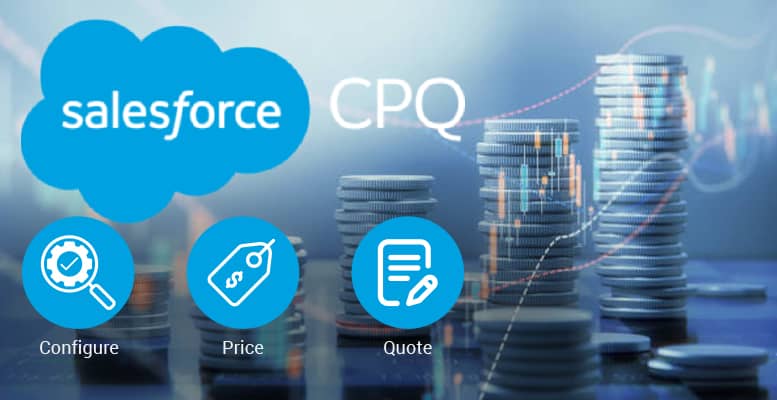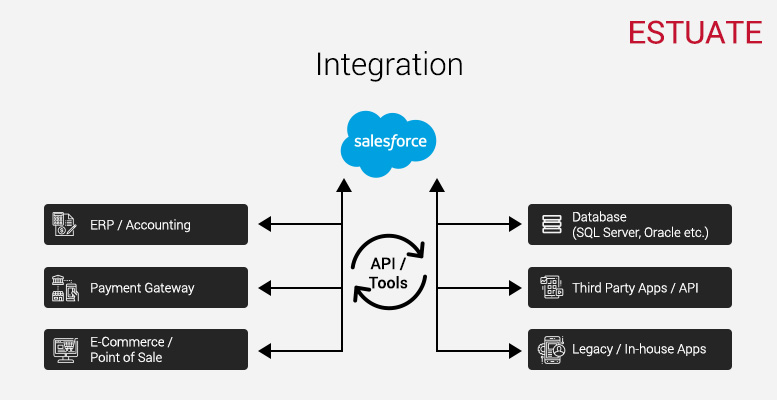Cloud-based ITSM Spending: A rundown for 2022

IT lives in the cloud today. Naturally, most IT service management (ITSM) support models today are also cloud-centric. The competitive playing field out there requires smart cloud ITSM spending in 2022. And if you choose IT support as a service, it may be worth working with a Zendesk consultancy partner. Zendesk is one of the world’s leading providers of ITSM solutions. From compliance (like ITIL-based service management) to customization, read on to learn why the year belongs to premium cloud ITSM service delivery.
Cloud ITSM spending in 2022: top 5 areas to consider
- Cloud computing
- IT automation
- Hybrid cloud
- Cloud migration
- ITIL compliance
Why should you invest in cloud ITSM solutions in 2022?
Cloud-based ITSM solutions are one of the best effort-saving inventions of the tech ecosystem. By providing a safe space for your colossal data, a cloud ITSM service delivery plan economizes your IT infrastructure costs. This saves you time to focus on core business strategies. So, invest in cloud IT support as a service in 2022. Turbo-charge your digital transformation, and continue to succeed in the tech ecosystem.
Read these 3 key reasons why ITSM is essential for your business.
The cloud-based ITSM market is projected to grow at a CAGR of 12.38% over the next 4 years. Some 68% of enterprises believe that cloud-based ITSM will continue to be a big push for growth for at least the next 3 years.
Cloud migration of legacy applications will be another ITSM strategy trending in 2022. This ITSM solution not only streamlines IT operations but also effectively addresses security gaps. Especially in today’s COVID-19 world, effectively managing remote teams/hybrid work models requires comprehensive IT support. More and more CIOs around the world are turning to IT support as a service and ITIL-based service management to fill these gaps.
Most tech-centric businesses across the world, irrespective of size, will invest in cloud migration and cloud computing in 2022. Turn to a solid ITSM service delivery partner to ensure your budgeting and spending go hand-in-hand.

Geographic growth rate of cloud ITSM (Information Technology Service Management) market (2020-25)
Source: https://www.mordorintelligence.com/industry-reports/cloud-information-technology-service-management-itsm-market
What are cloud ITSM services?
Cloud Information Technology Service Management (ITSM) services refer to the integration of an ITSM platform with your business. The goal is to manage your IT network & operations in a better way and deliver services for greater end-user satisfaction. Implementation and maintenance of an ITSM platform like Zendesk is a classic example of such services. A Zendesk partner is the first stepping stone.
Customer experience is increasingly impacting revenue. Plugging in CRM for end-to-end delivery of IT services is a major trend among businesses today. Read these 5 reasons why your business needs a CRM software.
Who is a cloud ITSM service provider?
As the name suggests, a cloud ITSM service provider is a business vendor who seamlessly brings your business together with a state-of-the-art ITSM platform. From assessing your existing IT infrastructure to implementing the cloud platform and customizing it as needed, these are solution partners for all your cloud IT needs.
What areas should you look out for in cloud ITSM spending in 2022?
According to Gartner, global cloud services spending is expected to exceed $482 billion in 2022. This is a significant increase from $313 billion in 2020.
Choose a cloud ITSM service delivery partner that can read and interpret the trends. The following areas will be good places for you to invest in 2022:
1. Cloud computing
A cloud service infrastructure lets your enterprise technologies work more efficiently. In 2022, cloud computing infrastructure will make its presence felt in all areas of enterprise operations. This will range from autonomous IoT (Internet of Things) to entertainment streaming, robust 5Gs, and cloud gaming. Cloud-based AR/VR (augmented and virtual reality) will also emerge on the scene.
2. IT automation
IT automation is an area that will also climb the budget ladder this year. Companies will invest in cloud automation tools to smoothly complete tasks with minimal manual intervention. This is especially true in the context of the pandemic, where team operations are remote and mostly public web-based.
This finding is also supported by Spiceworks Ziff Davis’ 2022 State of IT report. 70% of IT organizations prioritized IT automation in 2020. The percentage however dropped to just 61% in 2021, but is now back up at 71% for 2022.
3. Hybrid cloud
Modern IT businesses will invest in hybrid cloud solutions in 2022. This is a combination of an easily accessible, PAYG public cloud and a more mission-critical and secure private cloud that is exclusive to an organization. According to Forbes, hybrid cloud is also growing in demand due to rapid advancement of cloud computing. Companies are increasingly finding themselves amid multi-cloud environments from different suppliers. A hybrid cloud helps streamline the overall operation.
4. Cloud migration
The efficiency of cloud infrastructure is leading more and more companies to migrate their IT assets to the cloud. This will also drive up the overall spending on IT infrastructure. As per SC media, 48% of businesses (surveyed) will migrate their IT applications to the cloud in 2022.
One of the main obstacles that companies face is in regard to the technicalities involved in a seamless migration. Working with an ITSM solution partner can help.
5. ITIL compliance
The ITIL framework will continue to be critical to compliance and success at IT. A complete ITSM solution that conforms to ITIL-based service management allows you to focus on the IT strategy and get things done, rather than worrying about compliance.
Find your ITSM zen with a Zendesk partner
Zendesk is the world’s leading customer service software. Its ITSM offerings are among the most agile and top-end capabilities in today’s IT climate. Cloud ITSM solutions represent greater reliability, flexibility, scalability, and productivity, and in short, all that is Zendesk.
Watch a short video about the Zendesk service solution.
Who is a Zendesk partner?
A Zendesk partner is a third-party vendor that is officially recognized by Zendesk to implement its enterprise platform services in other organizations. Service providers, business process outsourcers, systems integrators, distributors, technology partners, ISVs, and value-added resellers can be Zendesk partners.
A Zendesk partner that has its accreditations in place is a catalyst for growth. For instance, look for compliance in the form of ITIL-based service management in your Zendesk partner.
Estuate is a Zendesk Master Partner in offering cloud ITSM capabilities
Estuate is Zendesk’s master implementer and solution provider. We offer industry-leading, simple, reliable, and cost-effective intelligent ITSM solutions for your modern business. Our comprehensive suite of ITSM services helps you redesign your processes to increase productivity, execute efficient service management operations, and gain data visibility. We distinguish ourselves through our:
- ITIL-based service management & compliance
- Configuration Management Database (CMDB)
- Cross-domain and cross-industry expertise
- Cost-efficiency and cost-effectiveness
- Promptness in providing data security
- Customer experience delivery
- Open and flexible architecture
- Improved user productivity
- Rapid time to value
- Cloud-readiness
To see our presence in the Zendesk partner ecosystem, please visit here
When it comes to cloud-based ITSM, we care about both Change Management and Governance, Risk & Compliance. Read more about our Zendesk ITSM offerings here
Want to revamp your cloud ITSM? Visit us. We are right here to help.
Do you think enterprises should invest in cloud ITSM in 2022? How much of an impact will it have?








